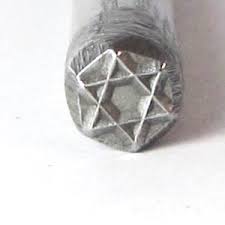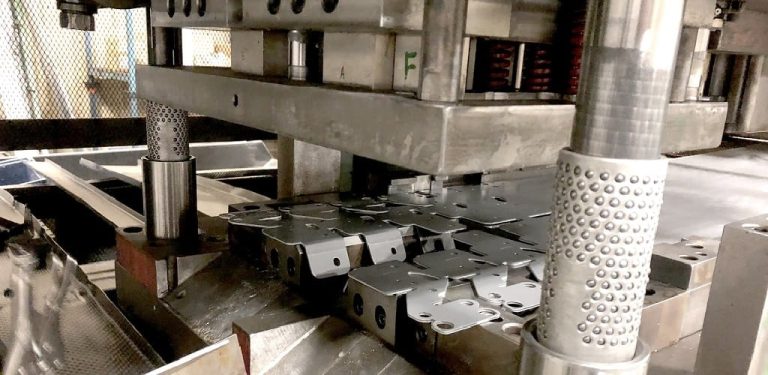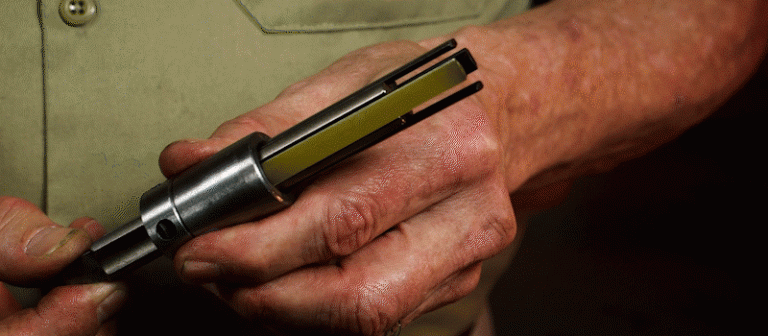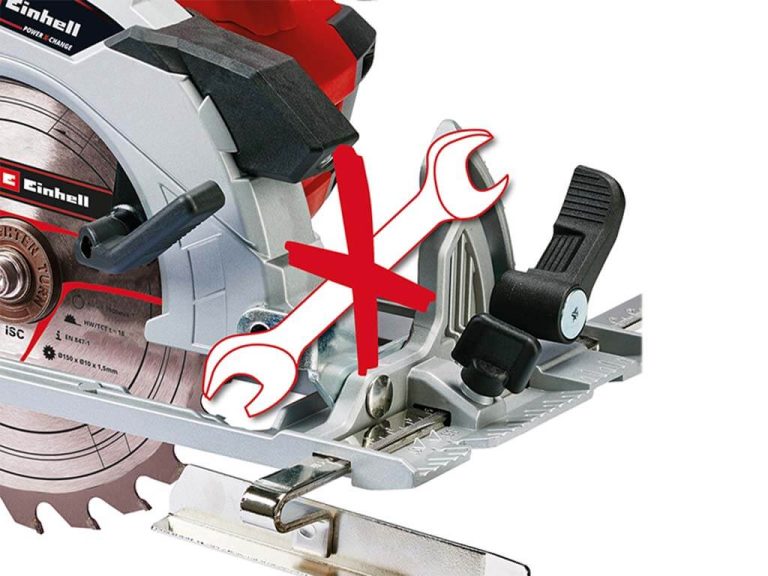Title: Advanced Bearing Materials and Technologies for Modern Applications
The evolution of bearing technology has led to the development of advanced materials and innovative designs that improve performance and durability. This article discusses modern bearing materials and how they contribute to high-efficiency machinery and equipment.
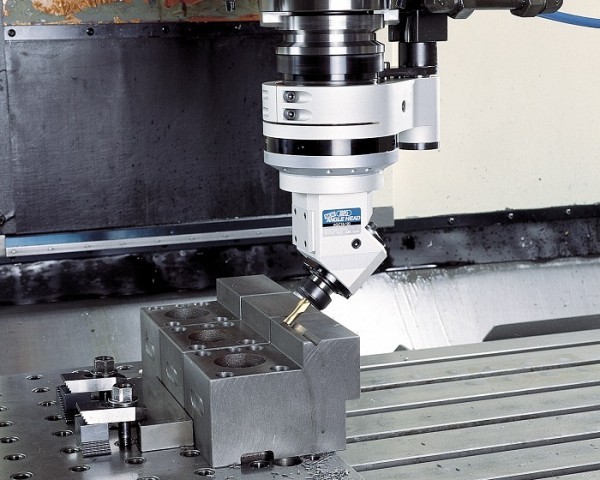
What Are the Most Common Materials Used in Bearings?
- Steel: Standard for many bearings due to its strength and durability.
- Ceramic: Lightweight and heat-resistant, ideal for high-speed applications.
- Polymer: Provides corrosion resistance and is used in environments with chemicals or moisture.
- Composite Materials: Often include geomembrane layers for added protection against harsh conditions.
How Do Ceramic Bearings Differ from Steel Bearings?
Ceramic bearings are lighter, can operate at higher speeds, and are more resistant to wear and corrosion. However, they are more expensive and may not be suitable for all applications.
What Are the Benefits of Polymer Bearings?
Polymer bearings are highly resistant to corrosion, can operate without lubrication, and are often used in food processing, chemical plants, and environments where cleanliness is paramount.
What Role Do Geomembranes Play in Advanced Bearing Technologies?
In applications exposed to moisture, chemicals, or abrasion, geomembranes act as protective barriers. These membranes are especially valuable in sectors like mining, agriculture, and wastewater treatment, where bearings are exposed to harsh conditions.
The use of advanced materials like ceramics, polymers, and composites has significantly enhanced bearing performance in modern applications. With the integration of technologies like geomembranes, bearings can withstand even the toughest environments, ensuring reliability and efficiency.
